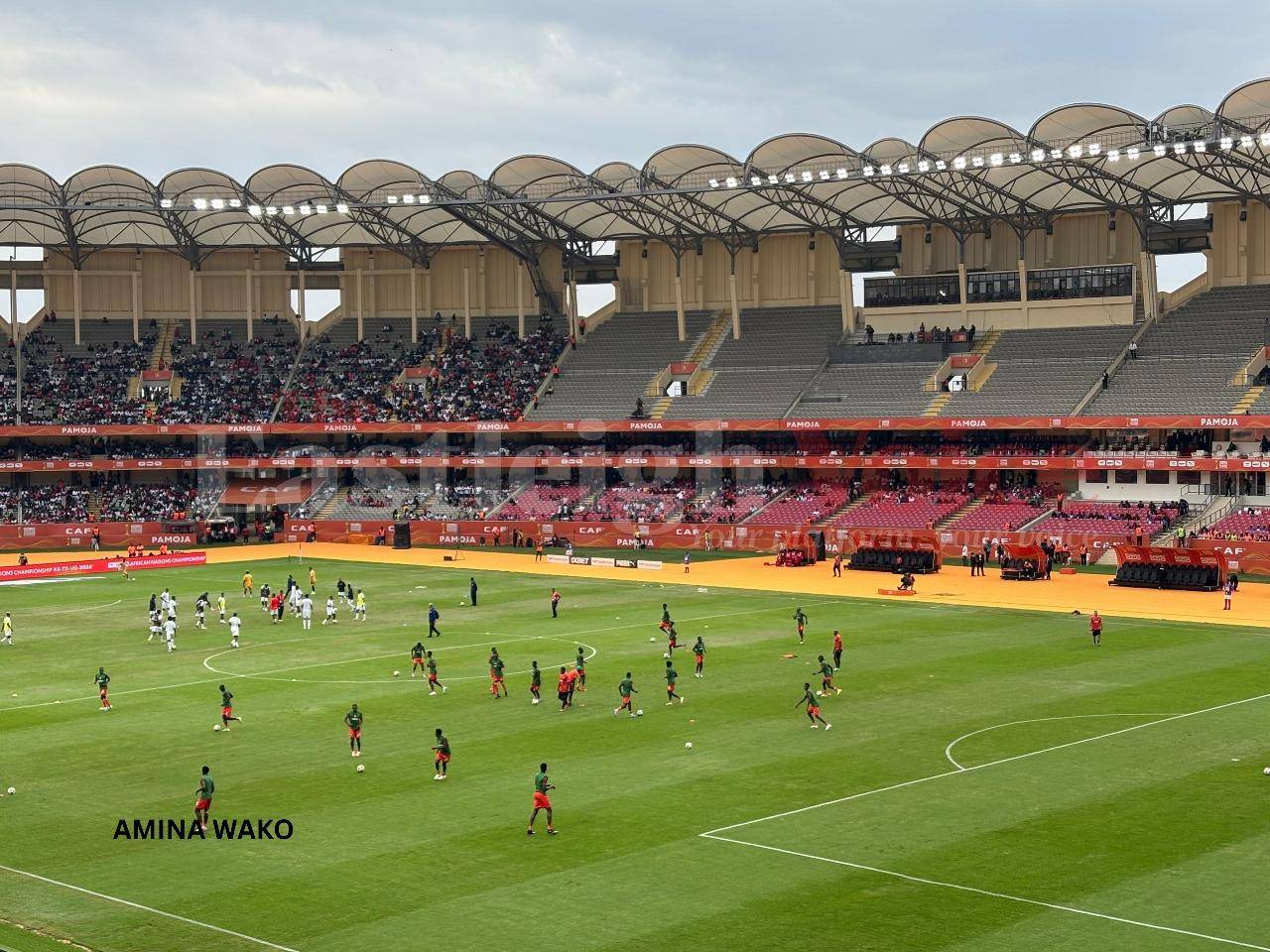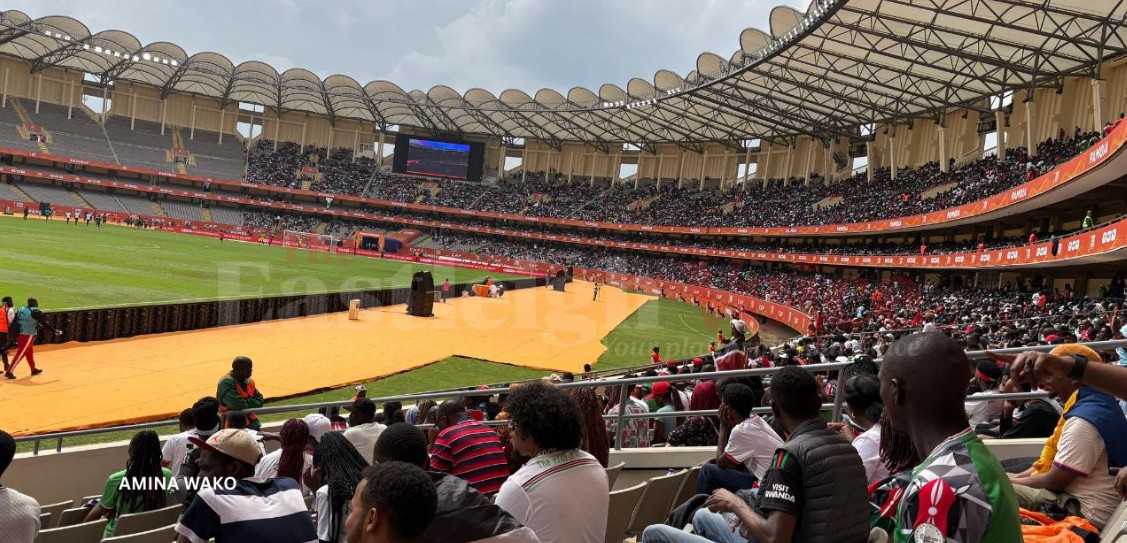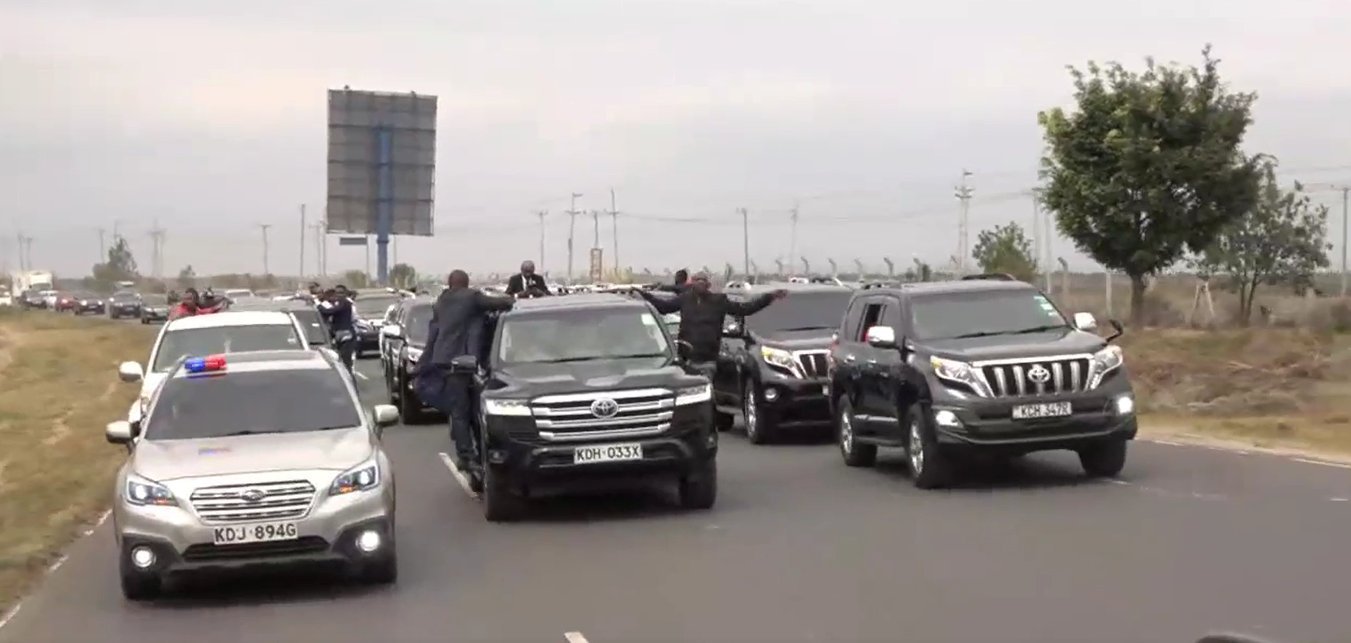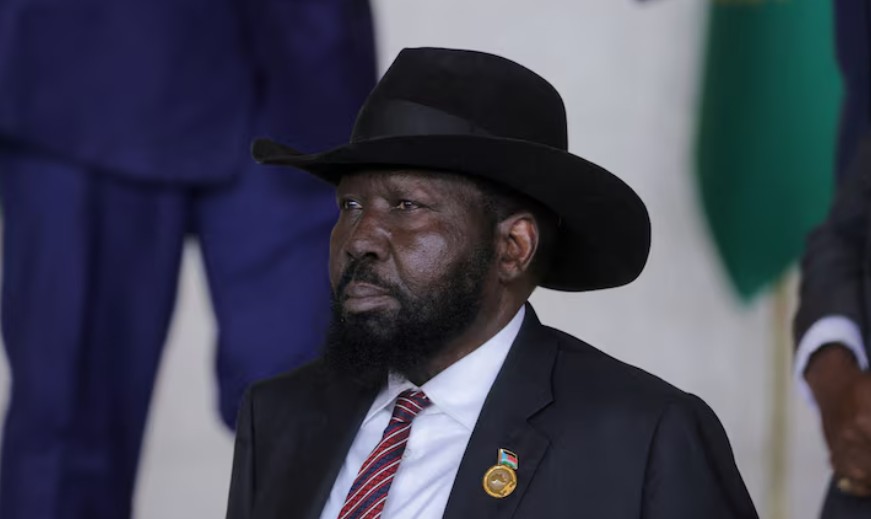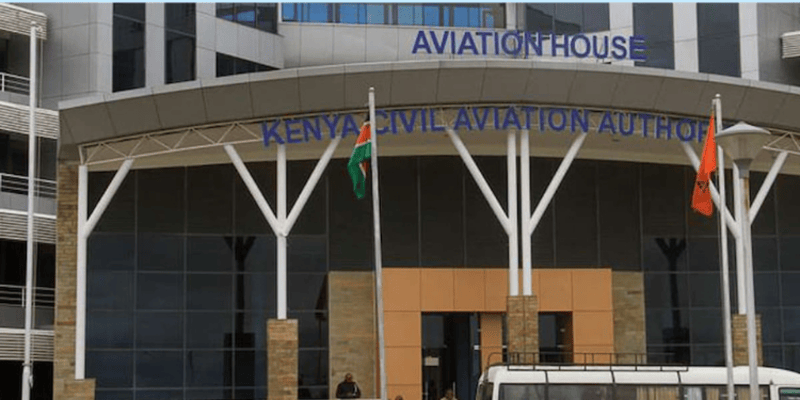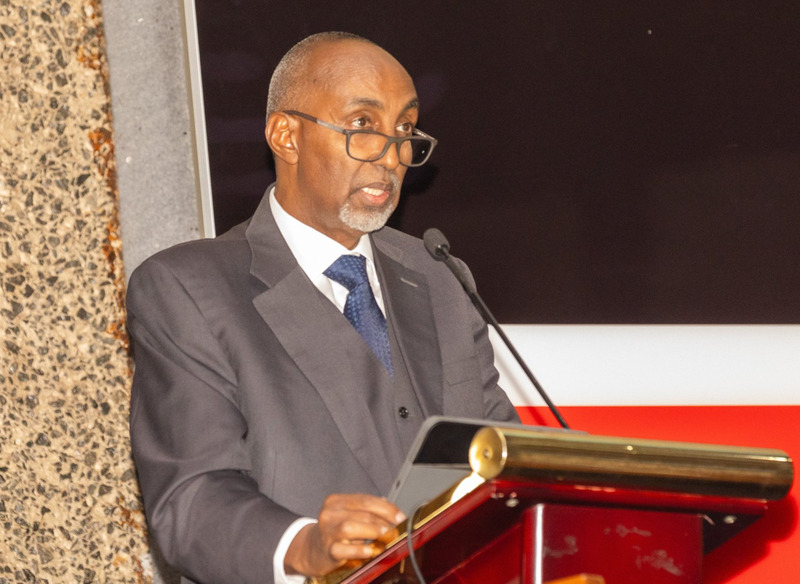Motorists to pay more taxes as government seeks to reintroduce levies shelved after protests
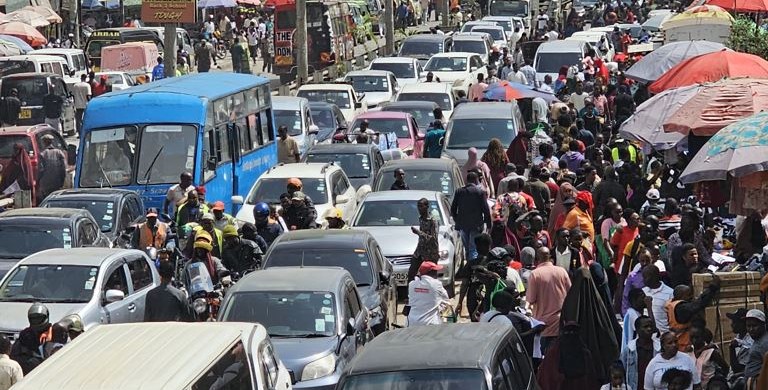
In addition to the insurance tax, the congestion levy is expected to target major urban areas such as Nairobi, Mombasa, Kisumu, Eldoret, and Nakuru.
Motorists should prepare for increased costs as the government moves to reintroduce taxes on vehicle insurance premiums and urban congestion.
The Ministry of Transport has revived plans for these charges in the newly published National Tolling Policy, aiming to generate funds for road construction and maintenance. This comes after previous attempts to impose similar taxes were shelved following widespread protests.
More To Read
- MPs reject proposal to divert road maintenance funds for administrative use
- Counties poised for share of road maintenance levy under new Bill
- Government proposes national tolling policy to fund road development
- Kebs on the spot as MPs order withdrawal of disputed levy regulations
- Fuel prices set to rise in 2026 following EPRA’s profit formula changes
- Cabinet approves 40 per cent top-up for road contractors, gives nod to KPC privatisation
The draft policy, released on Tuesday, outlines multiple revenue-raising measures, including an insurance premium tax, congestion levy, an increase in the fuel levy, and road tolls.
"To maintain proper road infrastructure financing, the policy proposes an increase in the fuel levy fund, introduction of road tolls, polluter pays principle, and insurance premiums tax, with the balance obtained from the exchequer," the document states.
Historically, the government has relied heavily on fuel taxes to fund infrastructure projects. However, with the rise of fuel-efficient and electric vehicles, revenue from these taxes is declining. As a result, policymakers are looking for alternative ways to bridge the funding gap.
According to sector analysis, Kenya will face a Sh4.05 trillion shortfall in road development financing over the next decade.
The road maintenance levy, which was raised from Sh18 to Sh25 per litre of petrol and diesel, currently generates about Sh132 billion annually.
However, this falls short of the estimated Sh253.5 billion needed each year for road maintenance alone.
What motorists should expect
The insurance premium tax, which was first introduced in the Finance Bill, 2024, proposed a 2.5 per cent charge on vehicle insurance premiums, with a minimum of Sh5,000 and a maximum of Sh100,000.
Although this proposal was scrapped after massive public outcry, it is now back on the table as the government seeks sustainable funding solutions.
In addition to the insurance tax, the congestion levy is expected to target major urban areas such as Nairobi, Mombasa, Kisumu, Eldoret, and Nakuru.
The tax will be imposed on vehicles entering high-traffic zones, similar to congestion charges in global cities like London and New York.
The policy does not provide specific tariffs but indicates that tolling will be introduced across the national road network.
Vehicle categories
A classification system will divide vehicles into 12 categories, including motorcycles, passenger cars, mini-buses, and trucks, to determine the applicable charges.
The government says the tolls will only be implemented where the cost of collection is less than 15 per cent of the expected revenue.
While these taxes are positioned as necessary to ensure sustainable road financing, they are expected to face opposition from motorists and industry stakeholders.
The previous attempt to impose the insurance premium tax led to widespread protests, forcing the government to abandon the plan.
Similarly, congestion charges have been a contentious issue, with concerns that they may disproportionately impact lower-income drivers who rely on personal vehicles for work and business.
The introduction of these taxes is expected to supplement ongoing road-tolling projects. Tolls are already being considered for key highways, and the new measures could expand this to more roads nationwide.
Top Stories Today
